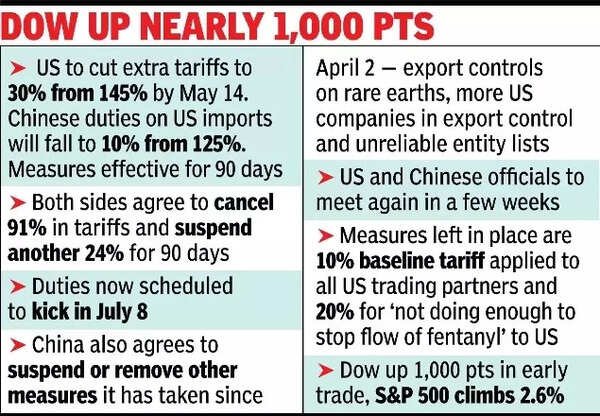NNEW DELHI: Negotiators from India are once more heading to Washington DC to explain the proposed diplomatic trade deal, which has caused them more stress. The 90-day peace, which will see them reduce tariffs by 115 percent points, opens the door to the movement of goods from China, while signaling progress toward a deal between the country’s two largest investing countries. As a result, supply lines will resume for 90 days, with the exception of some front-loading of packages in case the wait is not extended, and some of the interest in American products will likely decrease.

However, India does have a competitive advantage over some other countries in the area, including Vietnam, which is subject to more “reciprocal tariffs.” However, some production will stop if there is a rush to fast rebalance, if not travel. Given that the 90-day wait on bilateral tariffs for nations other than China is scheduled to end on July 9, New Delhi is under increasing pressure to agree a deal as soon as possible. The UK and the United States have now agreed to the terms of a bargain, and several other countries, including South Korea and Israel, are also in discussions. Officials from the American government are hoping for an “early deal,” but they would certainly like New Delhi’s interests taken into account as a result of the administration’s intense pressure to follow through with its demands, including lowering tariffs on cars, whiskey, or plantation products, which is a crucial question from the US side.




